Tripp Lite HCINT150SL Manual
Tripp Lite
Batterioplader
HCINT150SL
| Mærke: | Tripp Lite |
| Kategori: | Batterioplader |
| Model: | HCINT150SL |
| Bredde: | 292.1 mm |
| Dybde: | 152.4 mm |
| Højde: | 88.9 mm |
| Vægt: | 6210 g |
| Antal pr. pakke: | 1 stk |
| Produktfarve: | Grå |
| Pakkevægt: | 6850 g |
| Pakkedybde: | 218.4 mm |
| Pakkebredde: | 360.7 mm |
| Pakkehøjde: | 177.8 mm |
| Husmateriale: | Stål |
| Strømforsyningstype: | Indendørs |
| Kabler inkluderet: | USB |
| Udgangseffekt: | 150 W |
| LED-indikatorer: | Power, Status |
| Udgangsspænding: | 230 V |
| Kabellængde: | 0.15 m |
| Harmoniseret systemkode (HS): | 85044095 |
| Bæredygtighedscertifikater: | RoHS |
| Indgangsspænding: | 230 V |
| Hovedkassen højde (udvendigt): | 177.8 mm |
| Hovedkassens længde (udvendigt): | 218.4 mm |
| Hovedkassens bruttovægt (udvendigt): | 6849 g |
| Hovedkassens bredde (udvendigt): | 360.7 mm |
| Oprindelsesland: | Kina |
| Indgangsstrøm: | 15 A |
| Stik: | C13; C14 |
| Produkter pr. hovedkasse (udvendigt): | 1 stk |
| Indgangsfrekvens: | 50 Hz |
| DC udgangsspænding: | +12V |
| Output strømkapacitet (VA): | 0.150 kVA |
| Uddgående frekvens: | 50 Hz |
Har du brug for hjælp?
Hvis du har brug for hjælp til Tripp Lite HCINT150SL stil et spørgsmål nedenfor, og andre brugere vil svare dig
Batterioplader Tripp Lite Manualer
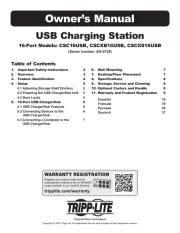
8 September 2025
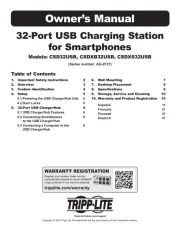
8 September 2025
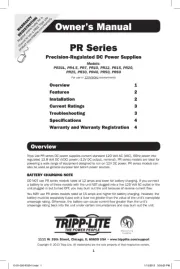
31 Juli 2025
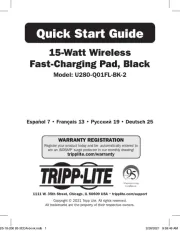
31 Juli 2025
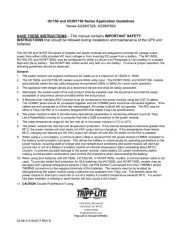
30 Juli 2025

4 September 2023
Batterioplader Manualer
- FlinQ
- Shure
- Novitec
- Joy-It
- Absima
- Digipower
- Deltaco
- Bang Olufsen
- Absaar
- Berger & Schröter
- Proline
- HP
- Malmbergs
- Traxxas
- ICU
Nyeste Batterioplader Manualer

10 December 2025

9 December 2025

8 December 2025

8 December 2025

8 December 2025

8 December 2025

8 December 2025

7 December 2025

7 December 2025

7 December 2025
